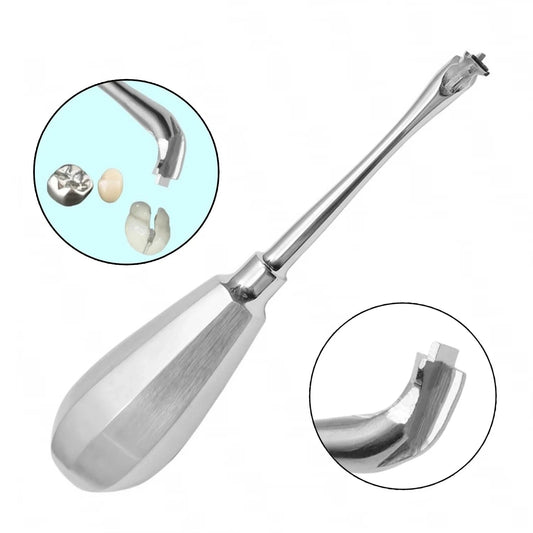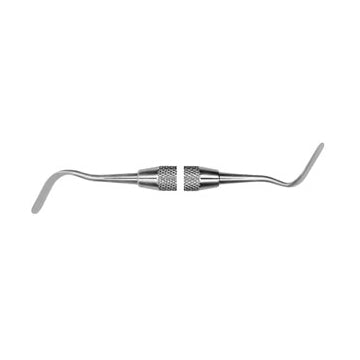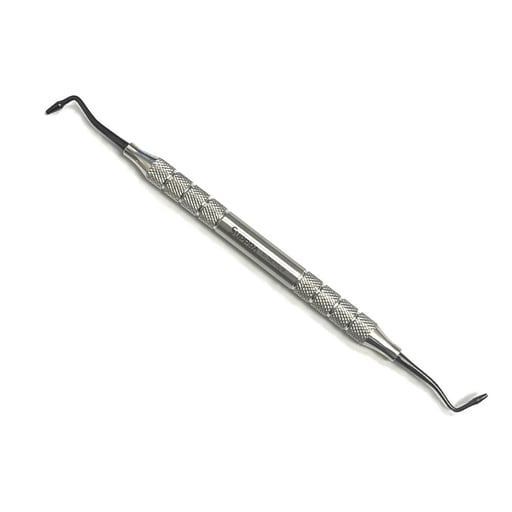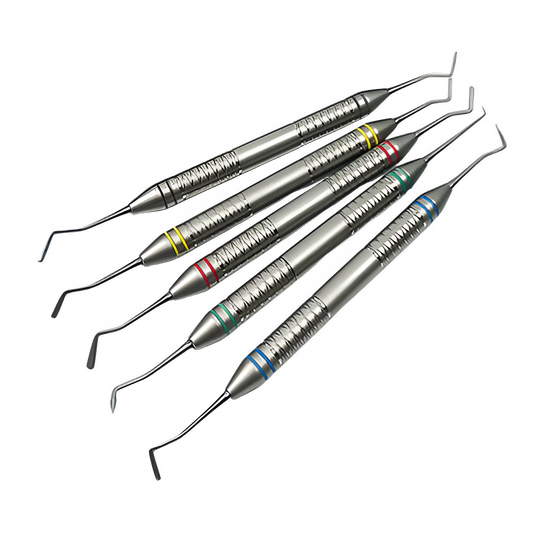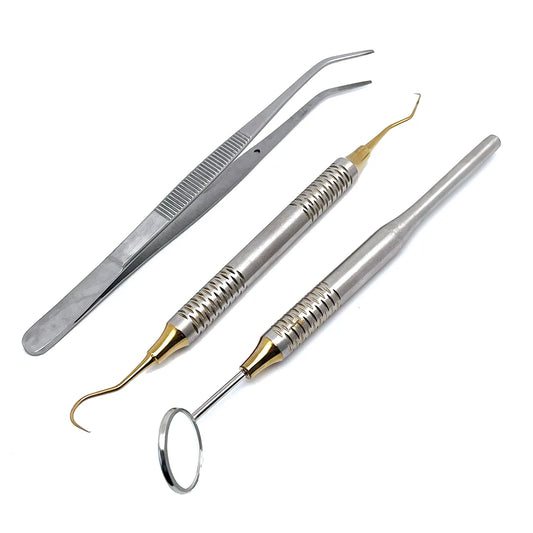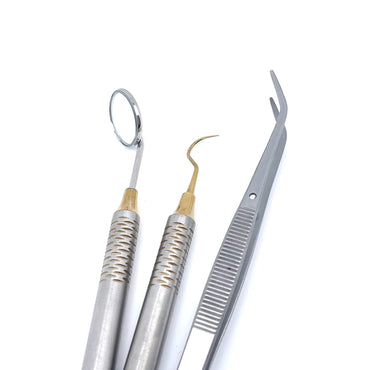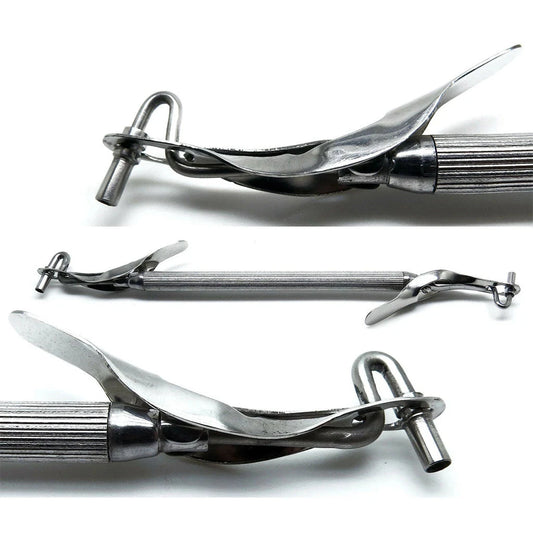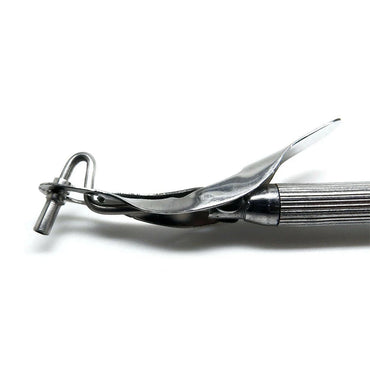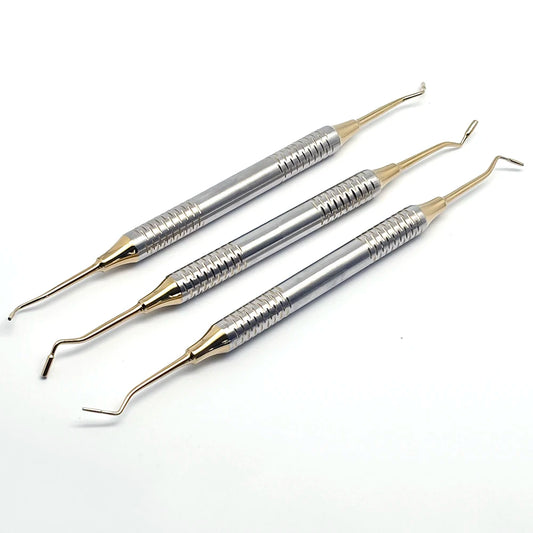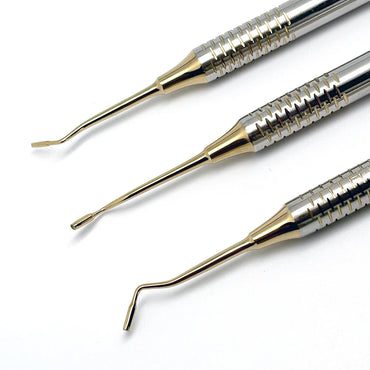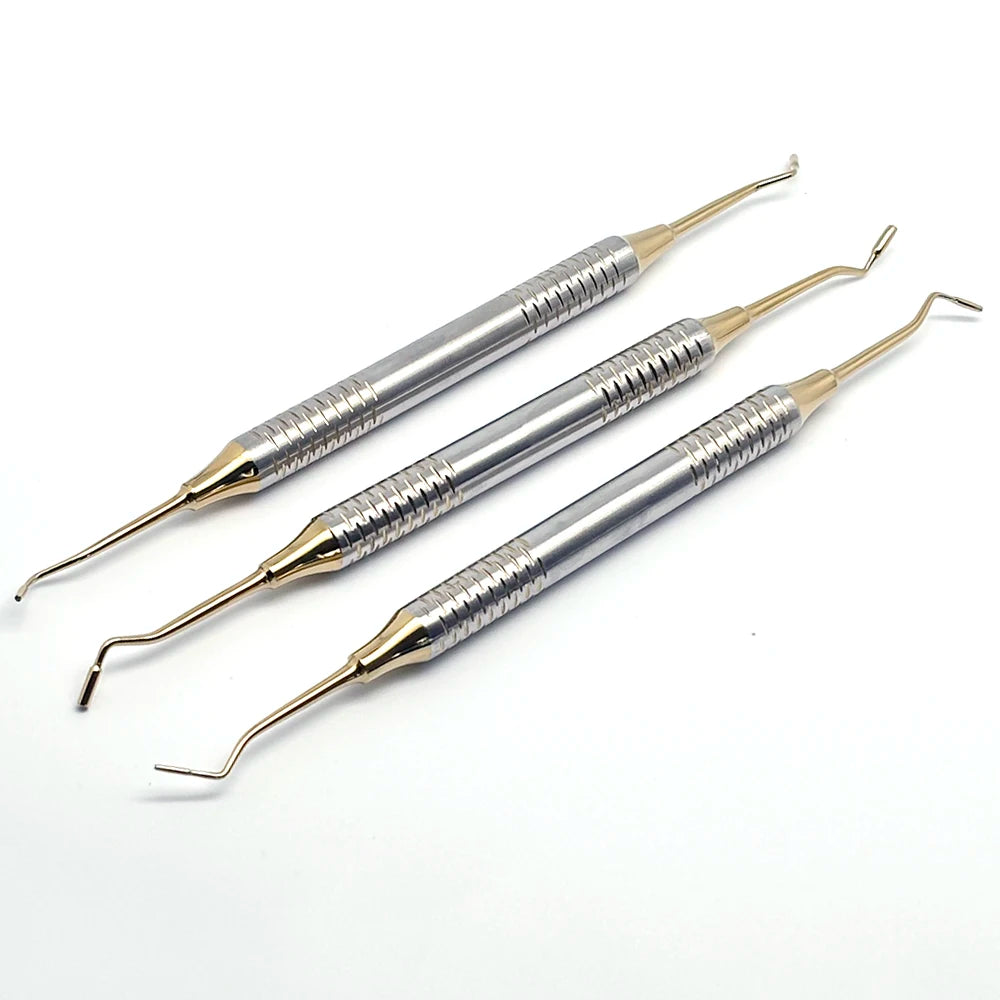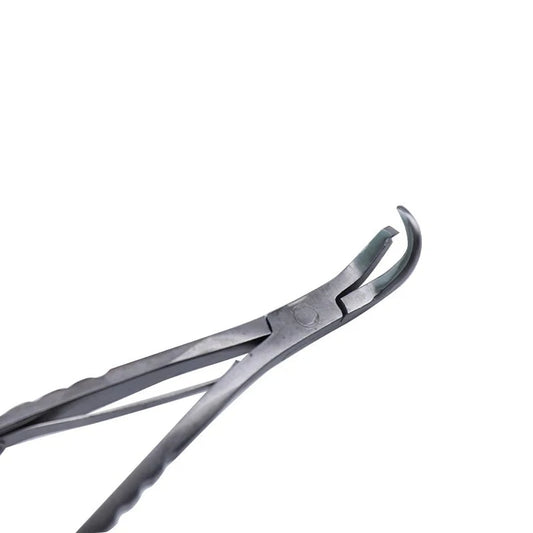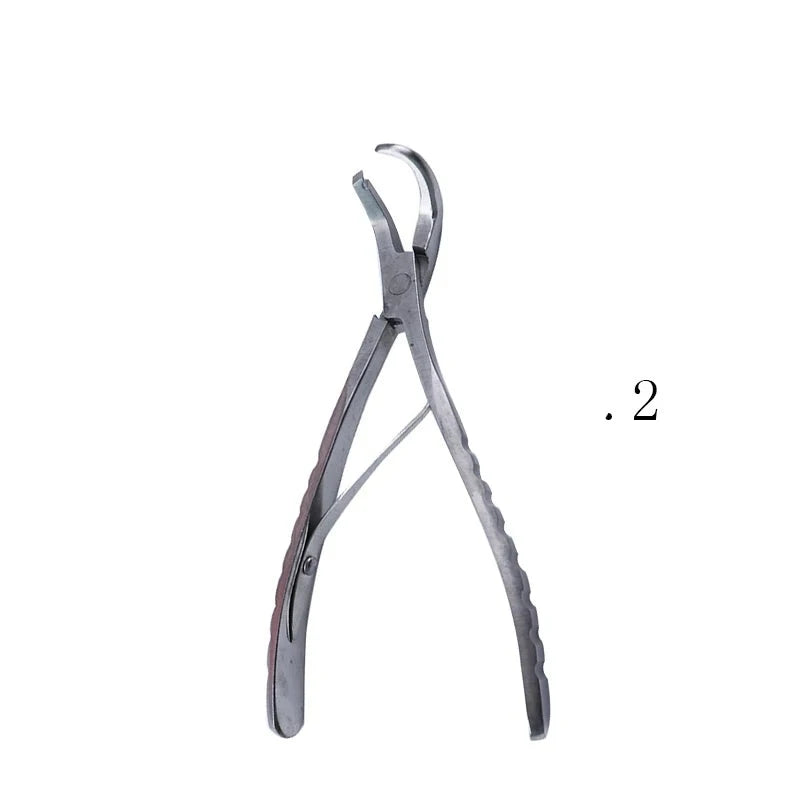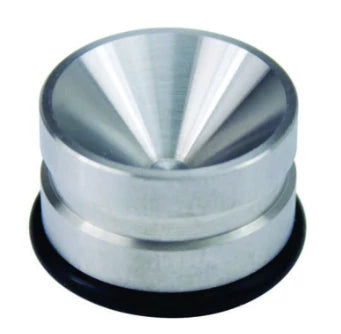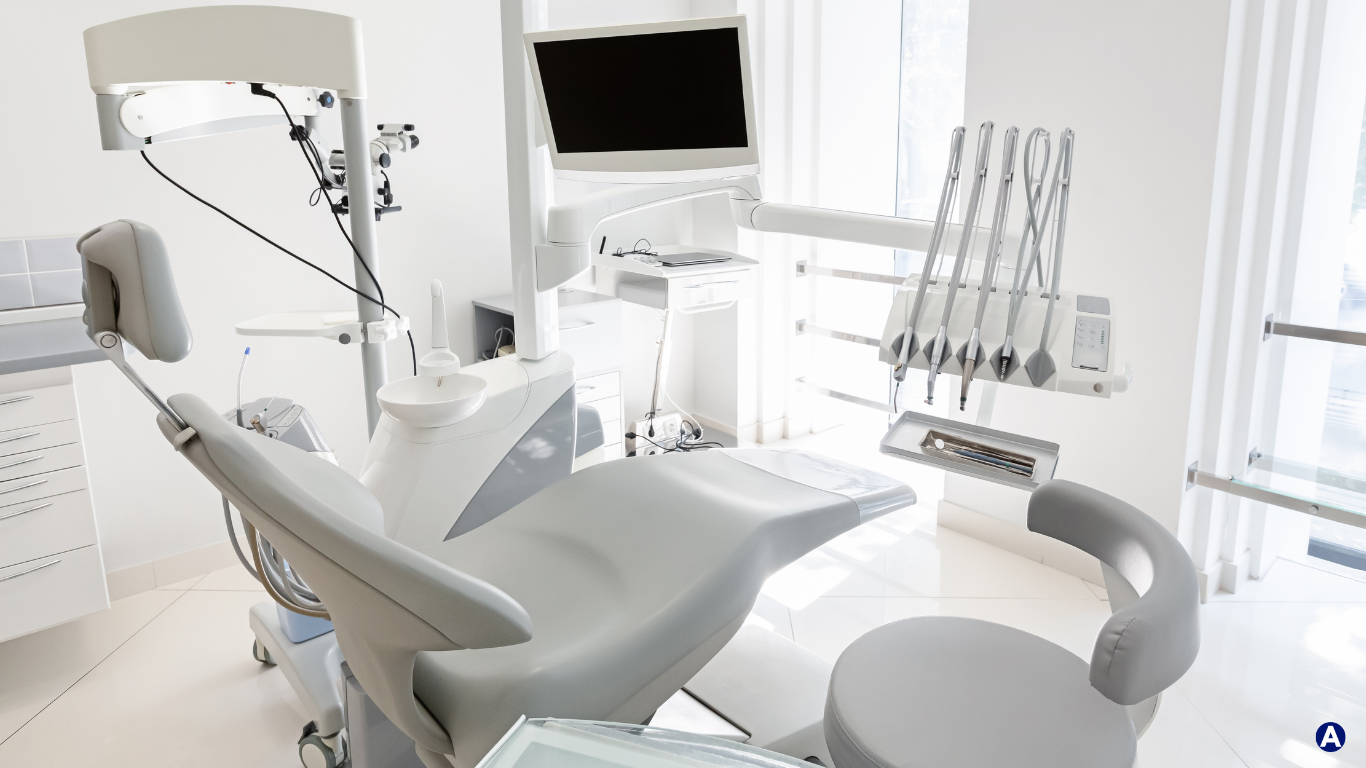Dental composite materials have revolutionized the field of dentistry, offering versatile solutions for various restorative procedures. One technique gaining attention is the use of heated composite resin during dental treatments. Heating dental composite can influence its properties and enhance clinical outcomes. However, like any dental technique, it comes with its own set of advantages and disadvantages. In this article, we delve into the pros and cons of heating dental composite.
Pros of Heating Dental Composite:
1. Improved Flowability: Heating composite resin reduces its viscosity, making it more flowable. This improved flowability enables better adaptation to cavity walls and margins, resulting in superior marginal integrity and reduced microleakage.
2. Enhanced Adaptation: The increased flowability of heated composite allows for better adaptation to complex cavity shapes and undercuts. This facilitates the creation of more precisely contoured restorations with minimal voids or gaps.
3. Reduced Stress on Tooth Structure: Heated composite resin exhibits lower polymerization shrinkage stress compared to unheated composite. This reduced stress helps mitigate the risk of post-operative sensitivity and marginal discrepancies, promoting long-term restoration success.
4. Accelerated Polymerization: Heating composite resin accelerates its polymerization reaction, leading to faster curing times. This can be advantageous in clinical settings by reducing chairside time and enhancing efficiency without compromising restoration quality.
5. Enhanced Patient Comfort: Warmed composite resin causes less thermal discomfort upon placement in the tooth cavity, as it closely matches oral cavity temperature. This improves patient experience during restorative procedures, particularly for individuals with sensitive teeth.
Cons of Heating Dental Composite:
1. Potential for Tissue Damage: Excessive heating of composite resin can cause thermal damage to the surrounding dental tissues, including the pulp. Care must be taken to regulate the temperature to avoid harming vital structures within the tooth.
2. Increased Technique Sensitivity: Heating composite resin requires precise temperature control and proper handling techniques. Inexperienced practitioners may find it challenging to achieve optimal results, leading to potential clinical complications such as inadequate polymerization or overfilling.
3. Cost and Equipment Requirements: Implementing a heating system for dental composite resin entails additional costs for equipment acquisition and maintenance. Practices must invest in specialized devices designed for this purpose, which may not be feasible for all dental settings.
4. Limited Evidence-Based Guidelines: While heating dental composite shows promise in improving clinical outcomes, the available evidence supporting its widespread adoption remains limited. Further research is needed to establish standardized protocols and guidelines for its safe and effective use in various restorative procedures.
5. Material Stability Concerns: Heating composite resin can potentially compromise its material stability and longevity. Excessive heating may degrade the resin matrix or alter its mechanical properties, leading to reduced durability of the restoration over time.
Heating dental composite offers several potential advantages, including improved flowability, enhanced adaptation, and reduced polymerization stress. However, it also presents challenges such as technique sensitivity, cost considerations, and limited scientific consensus. Dentists should weigh the pros and cons carefully and exercise caution when incorporating heated composite resin into their clinical practice. Further research and advancements in materials science are necessary to fully elucidate the optimal use of this innovative technique in restorative dentistry.






